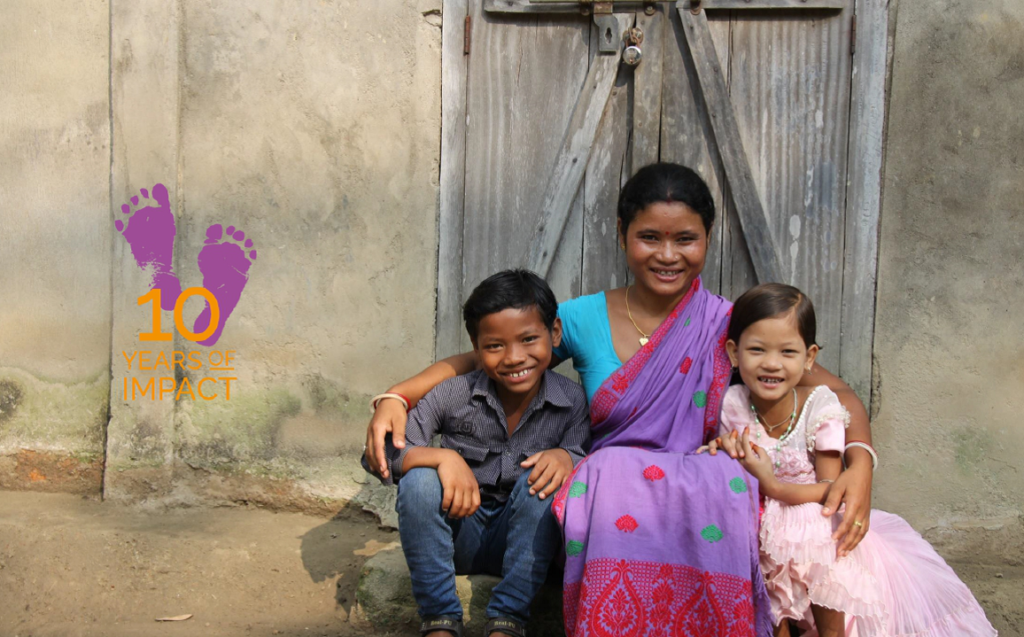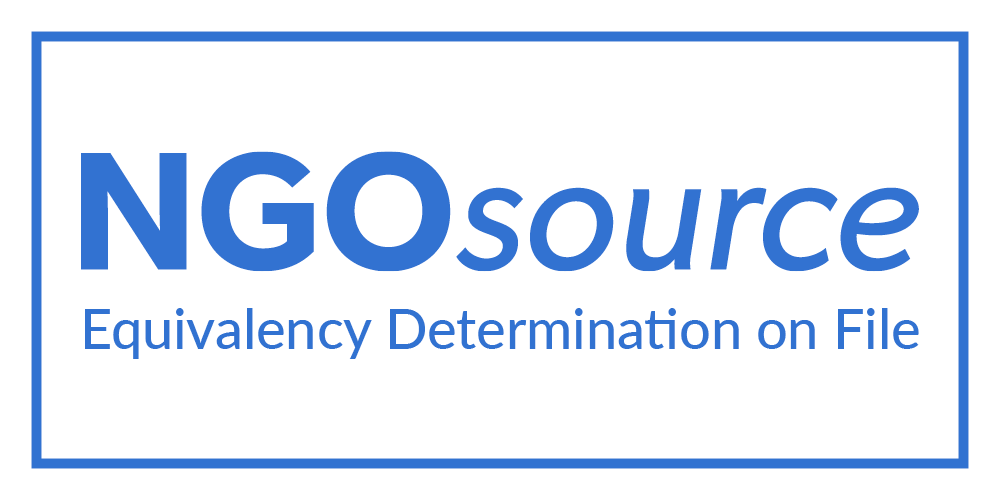September 4, 2007 -today exactly ten years ago- Women on Wings was established in the Netherlands with one aim: to co-create one million jobs for women in rural India. Founders Ellen Tacoma and Maria van der Heijden started the organization from a business perspective with the ultimate objective to bring economic change to rural families in India. By sharing business knowledge with social enterprises in India that employ rural women, the founders foresaw that this could bring positive change on a large scale.
Big THANK YOU to all involved
Ellen Tacoma and Maria van der Heijden: “They say that a team can make the dream work. That’s exactly it. We are extremely proud that so many people joined us in these ten years. Staff, experts, funding and network partners; without them there would only be a plan. This team of professionals makes our dream, conceptualized in 2007, happen. And of course our business partners with whom we actually work on building their companies so as to co-create extra jobs for women in rural India. Knowing that so many people work on realizing our dream, makes us extremely grateful.”
The larger impact of 221,000 jobs: one million lives
The impact of ten years Women on Wings may not yet be one million jobs; it is 221,000 jobs. But given the fact that one extra job brings change to an entire family, which on average comprises five people in rural India, Women on Wings has touched upon the lives of over one million people. Over 221,000 families have better lives with at least two meals per day. As an extra result, over 660,000 children are in (a better) school. Empowering rural women is a well-proven strategy for improving children’s well-being. Putting more income in the hands of rural women, translates into improved child nutrition, health and education. Schooling is important, especially for rural girls. An extra year of primary school increases girls’ eventual wages by 10-20 percent and encourages girls to marry later and have fewer children. It breaks the cycle of poverty.



